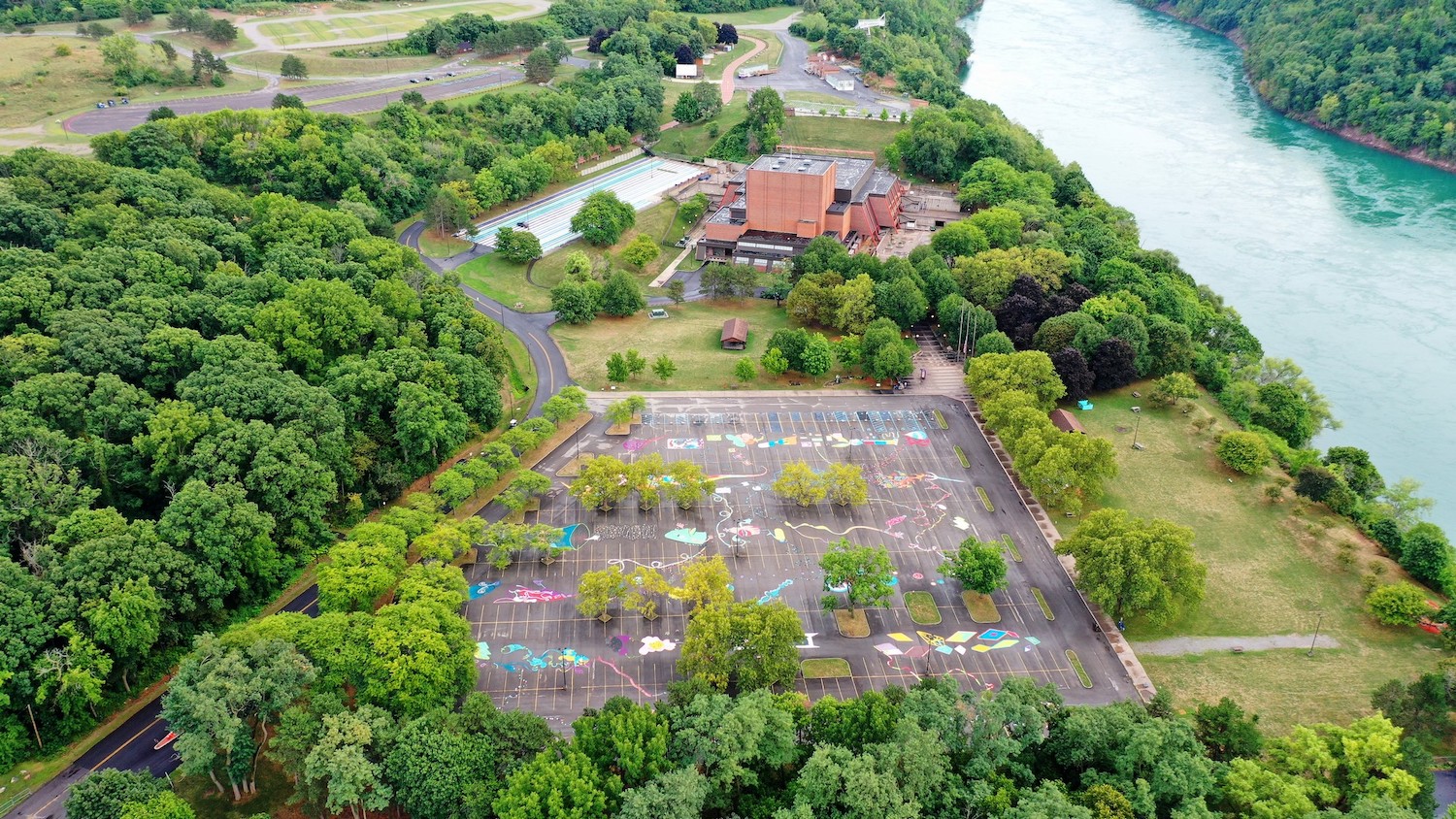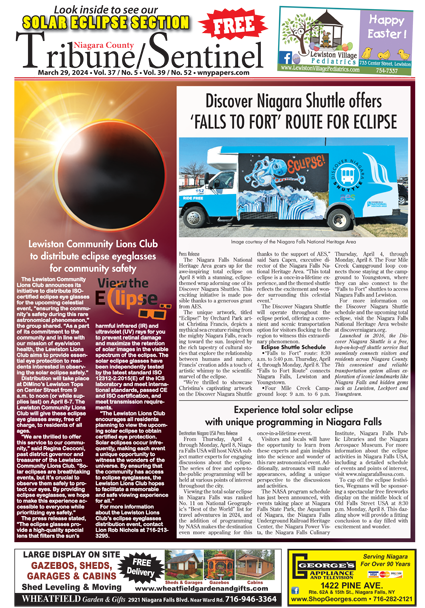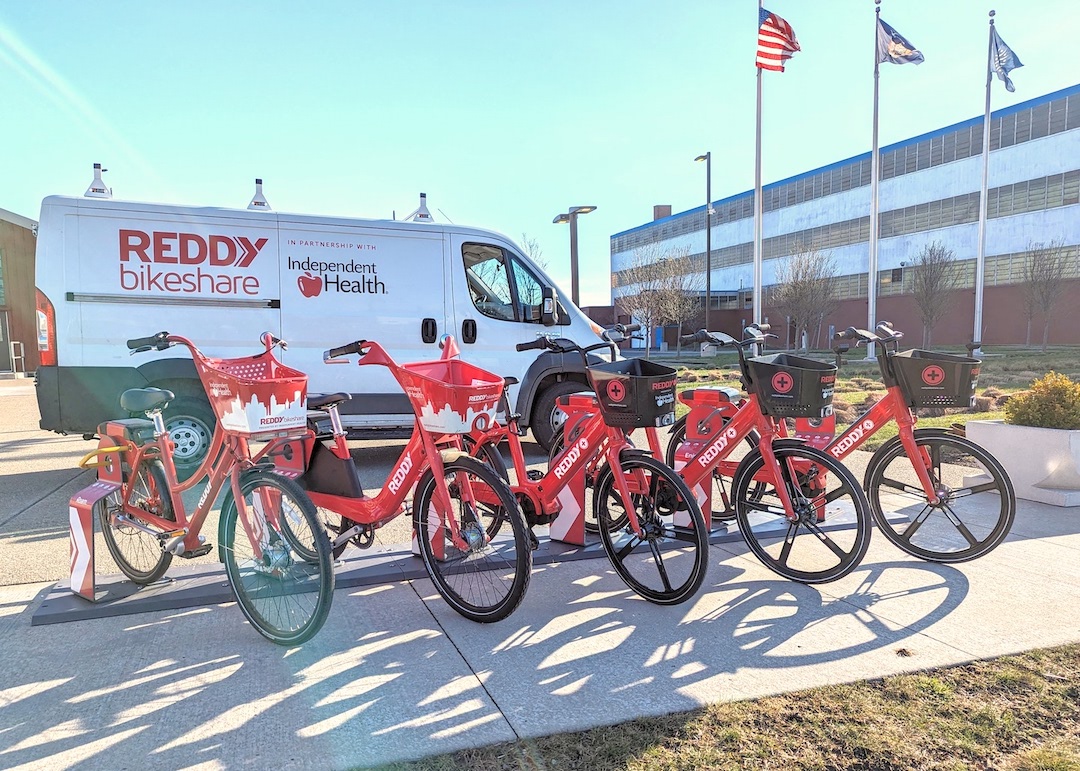Featured News - Current News - Archived News - News Categories
By Alice E. Gerard
In 2008, Grand Island voters approved the establishment of a capital reserve fund for the Grand Island School District. That fund was set to expire in 15 years, which is 2023. According to Assistant Superintendent for School Business and Finance Rubie Harris, “This current one is expiring. All the money that was placed in the fund has been spent. So now, we are planning and looking forward to the future.”
The establishment of a new capital reserve fund, to replace the fund that is expiring, will be on the ballot on May 16 as proposition 3. Proposition 1 is the school budget, and proposition 2 involves the purchase of school buses.
According to Harris, “The capital reserve fund was voted on and approved in 2008. It has a use life of 15 years. What use life means is that you have from the time it’s approved and the next 15 years to put funds into the reserve. The district did not have $10 million sitting off to the side. It takes time to build that up and fund the reserve.
“So, when the voters are voting on the project, it’s also expressing, yes, you can use your capital reserve fund. Or maybe, if you don’t have any funds in the reserve, it won’t be mentioned there.
Why a Capital Reserve Fund?
Harris compared establishing a capital reserve fund to opening a savings account. When one opens a savings account, they may or may not put money into the account at the time of opening the account. When the school district opens the capital reserve fund, it is opening an account without immediately putting money into that account.
“You’re planning for something you know is forthcoming,” Harris said. “Why do we put money aside in a savings account? So, it doesn’t hit your normal operations of budget. So, it doesn’t hit your bill money or your fun money or those things. In our personal life, we put money into the savings for when it’s necessary to use, but it doesn’t have a large impact on your day-to-day life functioning.
“Another thing to mention – because I always make sure that this is known – is the process or the steps in establishing and using the capital reserve fund. Most other reserves, your business official (the person sitting in my seat), or the superintendent would say, ‘Hey, this is an allowable reserve area. We should establish this reserve.’ We would go to the board, and the board would say, ‘That makes sense. OK, we are approving the establishment of this reserve.’ The board would vote on it, and we would be done. And then, the audit would happen in October.
“We would say, ‘OK. Put money into these reserves, based upon how your financials did that year.’ And we’d be done. And then, when it’s necessary to use the reserve, I’d say to the board, ‘This is what we’re going to use the reserve for, where it’s going toward.’ They would say, ‘OK, approve it,’ and we’d be done.”
The capital reserve fund could be used for big-ticket items, such as replacing the roofs of school buildings or replacing the boilers for more than one school. In the past, the capital reserve fund was used for the track behind the high school and for updating the high school auditorium.
On May 16, when people vote on the new capital reserve fund that will exist until 2038, “there will not be $1 on the capital reserve fund,” Harris said. “They are just saying, ‘Yes, we agree that you can create and approve the fund, with an allowance with a maximum of $10 million over a 15-year period.”
If the voters reject proposition 3, the fund ceases to exist, Harris said.
Capital Outlay
The capital reserve fund is designed to fund large capital projects. For smaller capital projects, a fund called capital outlay is available.
According to Harris, “Capital outlay is a very small and restricted capital project that can happen each year. The maximum spend allowance is $100,000, and then you receive your building aid percentage on that project. Let’s say our building aid percentage is 75%, and you have a $100,000 project. The state will give you aid of $75,000 because your building aid was 75% of a $100,000 project. So, your maximum spend is $100,000. The following year, you’re going to get $75,000 back. So really, you got this project done and it only cost you $25,000.
“A couple of years ago, we started implementing the capital outlay plan. It has allowed us to slowly, but surely, get things done in different areas. You spend it the first year and you get aid the following year. Then you just leave that, and it continues to roll over. That is the capital outlay plan.”
Upcoming: A special meeting on the budget, scheduled for April 11 and contingent on the state government adopting the 2024 fiscal year budget.





























